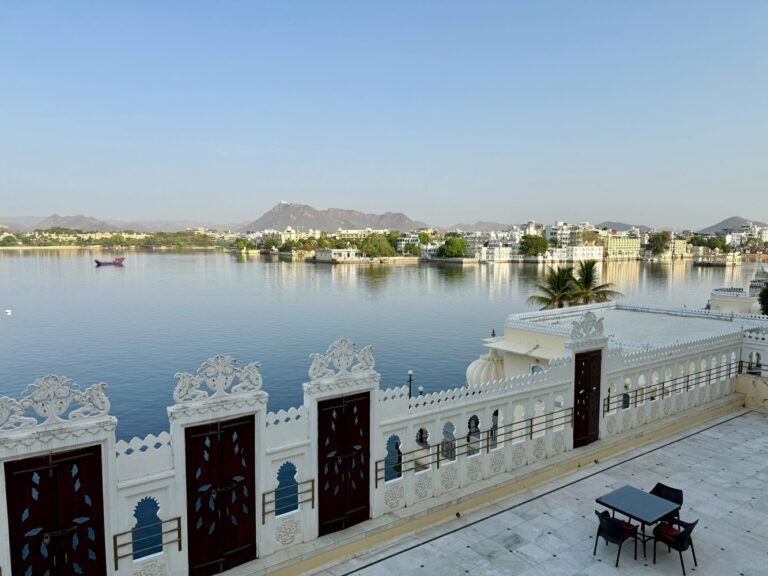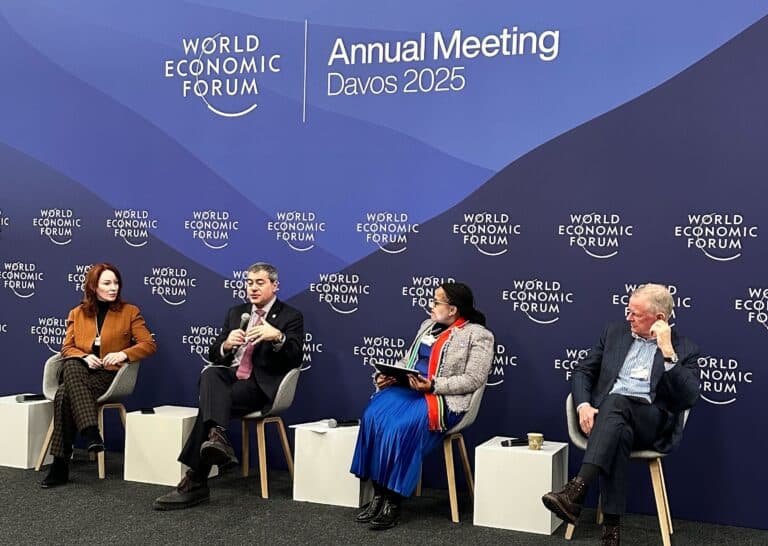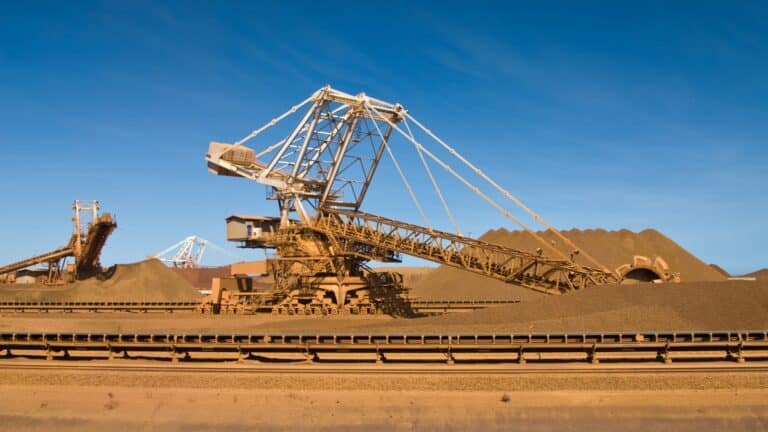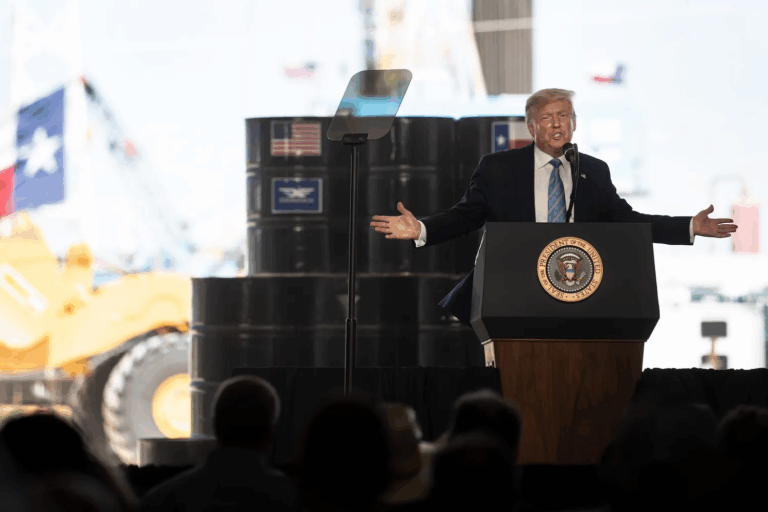This website uses cookies as well as similar tools and technologies to understand visitors’ experiences. By continuing to use this website, you consent to Columbia University’s usage of cookies and similar technologies, in accordance with the Columbia University Website Cookie Notice.
The world’s second-largest economy has a historically unique economic status.
More News
BBC News: Karen Young on Trump’s Middle East Tour
Insights from the 2025 Columbia India Energy Dialogue
En route back to NYC now following a fascinating and very productive week in India with the Center on Global Energy Policy India program, led by Shayak Sengupta, and our colleagues Trevor Sutton and Dave Turk.

Reflections from Davos 2025
By Jason Bordoff | I spent last week at the Annual Meeting of the World Economic Forum in Davos, and, as in prior years, am writing to offer a few reflections from the many events, meetings and conversations.

The ‘Most Vulnerable Country’ To Russian ‘Blackmail’ Braces For Trump’s Return
When Ukraine cuts off Russian gas shipments via its pipelines, the European Union will face major shortages – but few as bad as in tiny Moldova.
Relevant
Publications
Five Key Decisions to Revitalize US Critical Mineral Stockpiles
The report outlines five foundational choices if a stockpiling strategy is adopted, as bipartisan support suggests is possible.

Energy Security Means Using Less Oil
The war with Iran shows why hopes for energy independence are inadequate.

Proposed EC Regulation Sets Course for Exit from Russian Gas
The European Commission published a proposed regulation on June 17 to end Russian gas imports by the end of 2027.


